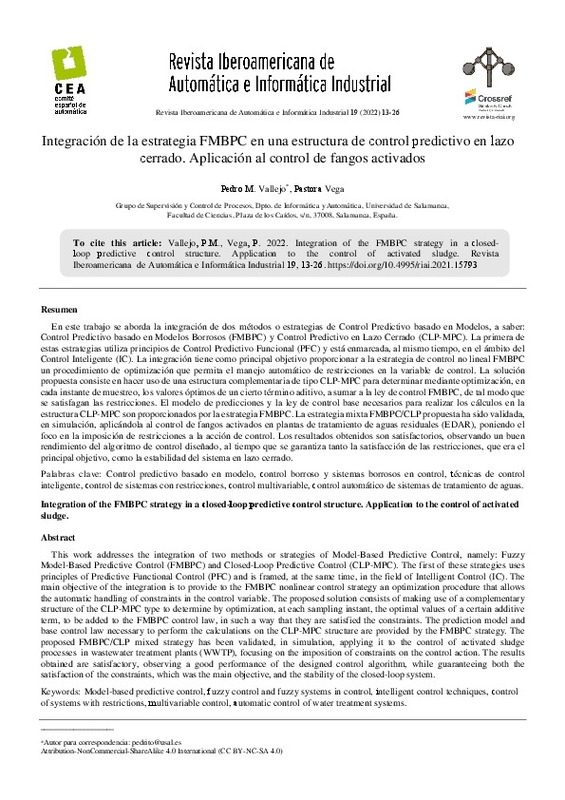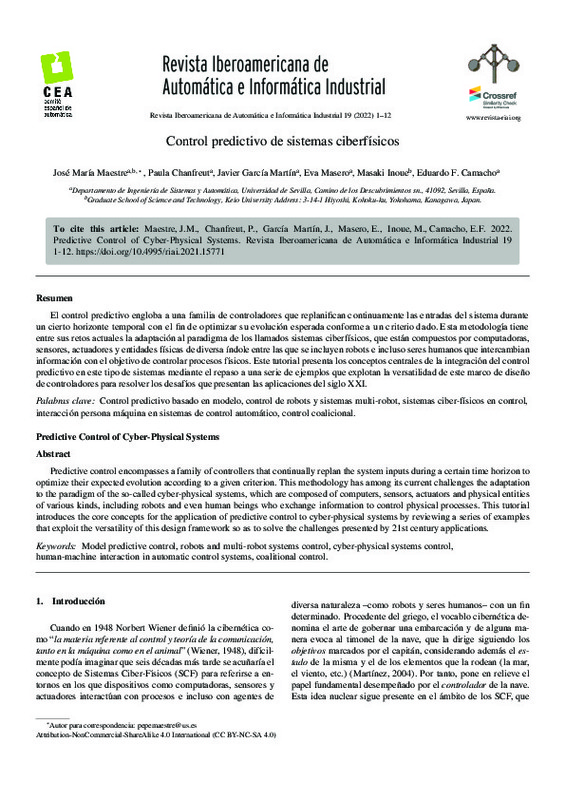|
Resumen:
|
[ES] En la industria del queso, el crecimiento fúngico superficial durante la maduración es habitualmente controlado con la aplicación de antibióticos. No obstante, esta práctica no es saludable y, además, es conveniente ...[+]
[ES] En la industria del queso, el crecimiento fúngico superficial durante la maduración es habitualmente controlado con la aplicación de antibióticos. No obstante, esta práctica no es saludable y, además, es conveniente la aplicación de recubrimientos que permitan controlar la pérdida de peso durante la etapa de maduración. En este sentido se estudió el efecto de 8 diferentes biopolímeros comestibles como recubrimientos de queso en el control de la pérdida de peso en etapas tempranas del proceso de maduración, con y sin la presencia lípidos. En base a la eficacia observada para los diferentes tratamientos se seleccionaron la goma gelano, ¿-carragenato, goma xantana y metil-celulosa, los cuales fueron aplicados en una segunda serie de tratamientos con agentes antifúngicos como sorbato de potasio, tanino gálico y gel de Aloe Vera. En base a la influencia del antifúngico sobre la capacidad de control de la pérdida de peso del recubrimiento, se seleccionó la goma gelano como recubrimiento portador de antifúngicos. Se realizaron análisis de efectividad en el control del crecimiento radial de Penicillium Roqueforti en recubrimientos de goma gelano con los agentes antifúngicos así como el gel de Aloe Vera y una mezcla de ambos polímeros en relación 1:1. Exceptuando el tanino gálico los demás tratamientos presentaron altos índices inhibitorios, particularmente el sorbato de potasio y goma gelano demostraron ser una alternativa como recubrimiento con efecto significativo en la reducción de pérdidas de peso y en la inhibición del crecimiento fúngico.
[-]
[EN] In the cheese industry, the superficial fungal growth during ripening is
usually controlled with the application of antibiotics. However, this practice is
not healthy and, in addition, it is convenient to apply ...[+]
[EN] In the cheese industry, the superficial fungal growth during ripening is
usually controlled with the application of antibiotics. However, this practice is
not healthy and, in addition, it is convenient to apply coatings that allow for
controlling of weight loss during the maturation stage. In this sense, the effect
of 8 different edible biopolymers as cheese coatings in the control of weight
loss was studied during the early stages of the maturation process, with and
without the presence of lipids. Based on the efficiency observed for the
different treatments, gellan gum, -carrageenan, xanthan gum and
methylcellulose were selected, which were applied in a second series of
treatments with antifungal agents such as potassium sorbate, Gallic tannin and
Aloe vera gel. Based on the influence of the antifungal on the control capacity
of the weight loss of the coating, gellan gum was selected as the antifungal
carrier coating. Analyses of the effectiveness at controlling the radial growth of
Penicillium roqueforti were carried out for the gellan coatings carrying the
antifungal agents as well as the Aloe vera gel and a mixture of both polymers
in a 1:1 ratio. Except for gallic tannin, the other treatments showed high
inhibitory indices. Particularly potassium sorbate and gellan gum proved to be
an alternative as a coating with significant effect in the reduction of weight loss
and in the inhibition of fungal growth.
[-]
|




![[Cerrado]](/themes/UPV/images/candado.png)




